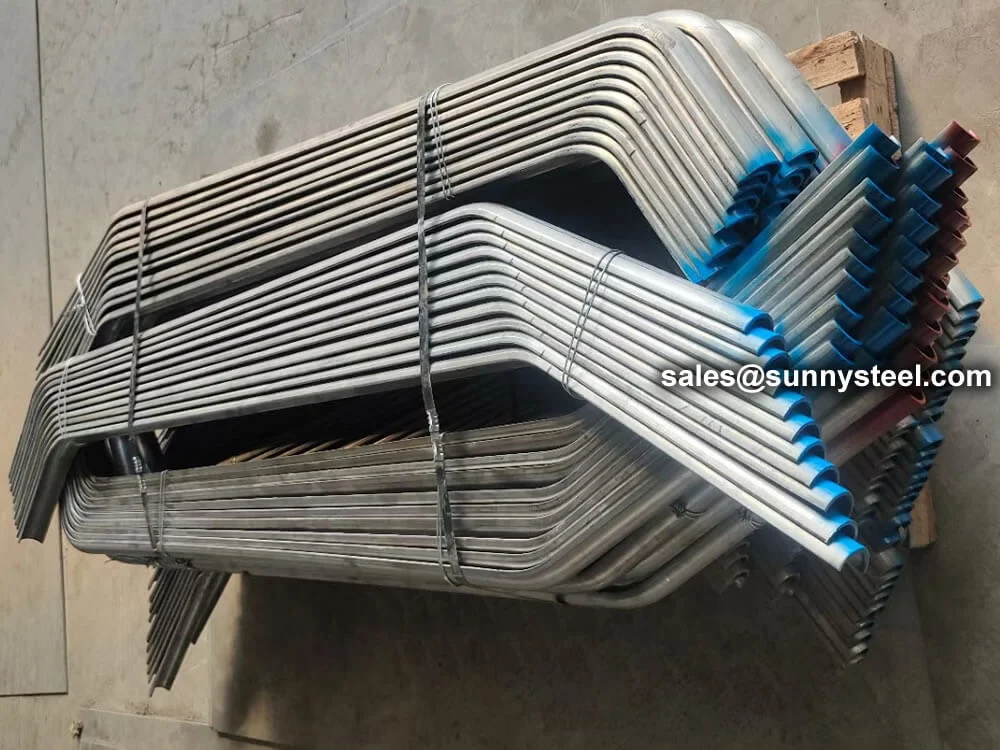
Cost-effective Erosion Protection For Boiler Tubes
Stainless 430 tube shields offer reliable erosion and heat resistance for boiler tubes and piping, providing a cost-effective solution for industrial protection in moderate corrosive environments.
Cost-effective Erosion Protection For Boiler Tubes
Stainless 430 tube shields offer reliable erosion and heat resistance for boiler tubes and piping, providing a cost-effective solution for industrial protection in moderate corrosive environments.
The Stainless 430 Tube Shield is a protective sleeve fabricated from ferritic 430 stainless steel, designed to prevent erosion and surface damage in boiler tubes and heat exchanger pipes operating under moderately corrosive and high-temperature conditions.
430 stainless steel is a chromium-based alloy with excellent oxidation and heat resistance, especially in dry environments, making it a practical solution for cost-conscious boiler maintenance and piping protection.
While not as corrosion-resistant as austenitic grades like 316 or 304, 430 stainless steel offers sufficient resistance in environments with lower chemical aggressiveness, such as clean combustion systems, moderate flue gas streams, and dry heat zones. Its magnetic nature and lower thermal expansion rate make it mechanically stable under fluctuating thermal loads.
The 430 tube shield is available in various configurations such as U-shaped sleeves, half-round protectors, or fully enclosed designs, with standard thickness ranging from 1.5 mm to 2.5 mm. Installation options include welding or mechanical fastening using clips or clamps, depending on tube accessibility and service needs.
Type 430 is a ferritic stainless steel that offers corrosion resistance approaching that of 304/304L austenitic stainless steels. Supplied in coil form, it is commonly used in applications where aesthetic appeal and moderate corrosion resistance are required.
This grade does not work harden rapidly and can be readily formed through mild stretch forming, bending, or drawing operations. Its good formability makes it suitable for a wide range of interior and exterior cosmetic applications, especially in environments where corrosion resistance is prioritized over high strength.
However, Type 430 has relatively poor weldability compared to most stainless steels. Due to its higher carbon content and lack of stabilizing elements (like titanium or niobium), it may require post-weld heat treatment to restore corrosion resistance and ductility after welding.
Stainless 430 tube shields are made of 430 stainless steel and can be customized to fit perfectly straight sections, curved sections and even finned and specialty tubes.
Stainless steel grade 430 is a non-hardenable steel containing straight chromium, and belongs to the ferritic group of steels. This steel is known for its good corrosion resistance and formability, coupled with practical mechanical properties.
The 430 grade is one of the most used ferritic stainless steel with magnetic properties. The 304 grade is the most used of all stainless steels with non-magnetic properties. The 430 composition includes carbon, manganese, silicon, phosphorus, sulfur, up to 18% chromium and iron in the composition with less than 1% nickel. The 304 has 8% nickel in the composition with 18% chromium, carbon, manganese, silicon, phosphorus, sulfur nitrogen and iron. This chemical composition provides the 304 materials with 215MPa minimum yield strength and 505MPa minimum tensile strength. The 430 material has up to 260MPa minimum yield strength and up to 600MPa minimum tensile strength. The melting point of 430 can range up to 1510°C. The 304 material is denser than the 430 material.
| Grade | C | Mn | Si | P | S | Cr | Mo | Ni | N | |
|---|---|---|---|---|---|---|---|---|---|---|
| 430 | min. max. |
- 0.12 |
- 1 |
- 1 |
- 0.04 |
- 0.03 |
16.0 18.0 |
- | - 0.75 |
- |
| 430F | min. max. |
- 0.12 |
- 1.25 |
- 1 |
- 0.06 |
0.15 - |
16.0 18.0 |
- | - | - |
Chemical limits for 430 and 430F grades showing differences in sulfur and manganese for machinability.
| Grade | Tensile Strength (MPa) min |
Yield Strength 0.2% Proof (MPa) min |
Elongation (% in 50mm) min |
Hardness Rockwell B (HR B) max |
Hardness Brinell (HB) max |
|---|---|---|---|---|---|
| 430 | 450 | 205 | 22 | 89 | 183 |
| 430F | 552 typical | 379 typical | 25 typical | - | 262 |
Mechanical performance of 430 vs 430F, highlighting increased strength and machinability of 430F.
| Grade | Reason it may be chosen instead of 430 |
|---|---|
| 430F | Higher machinability in bar products, with acceptable reduced corrosion resistance. |
| 434 | Improved pitting corrosion resistance is required. |
| 304 | Greater corrosion resistance, with much better weldability and cold formability. |
| 316 | Significantly enhanced corrosion resistance and fabrication capability required. |
| 3CR12 | Cost-sensitive applications where reduced corrosion resistance is acceptable. |
The table below shows alternatives to Grade 430 based on specific application needs.
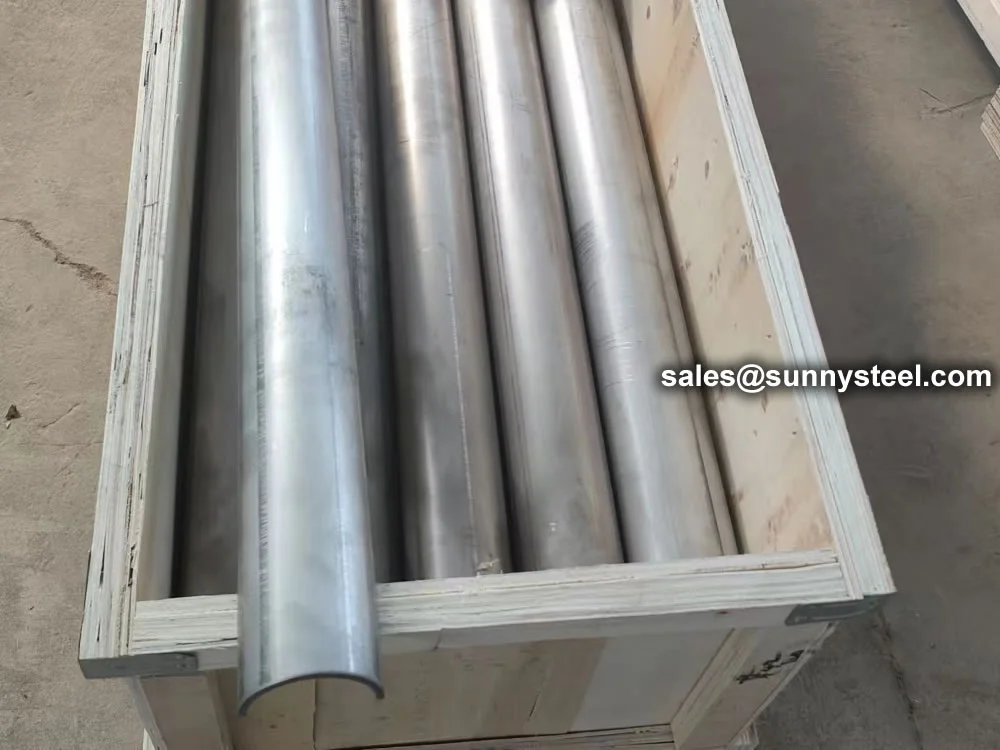
Ss 309 shields protect boiler tubes from erosion a...
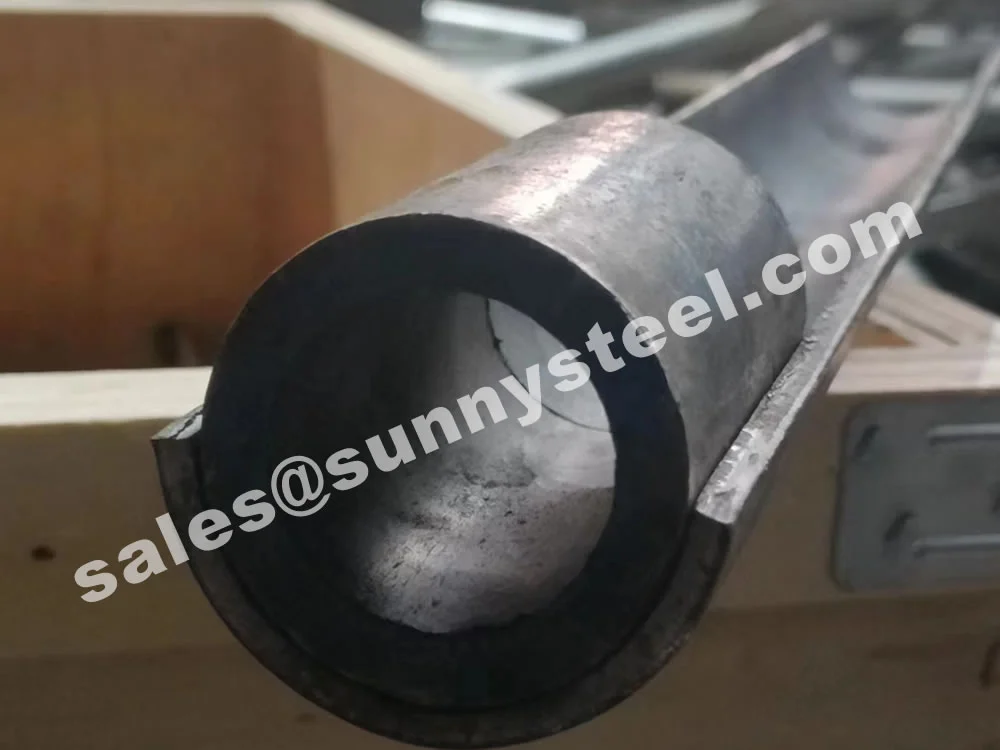
Q235 tube shields offer reliable and economical er...
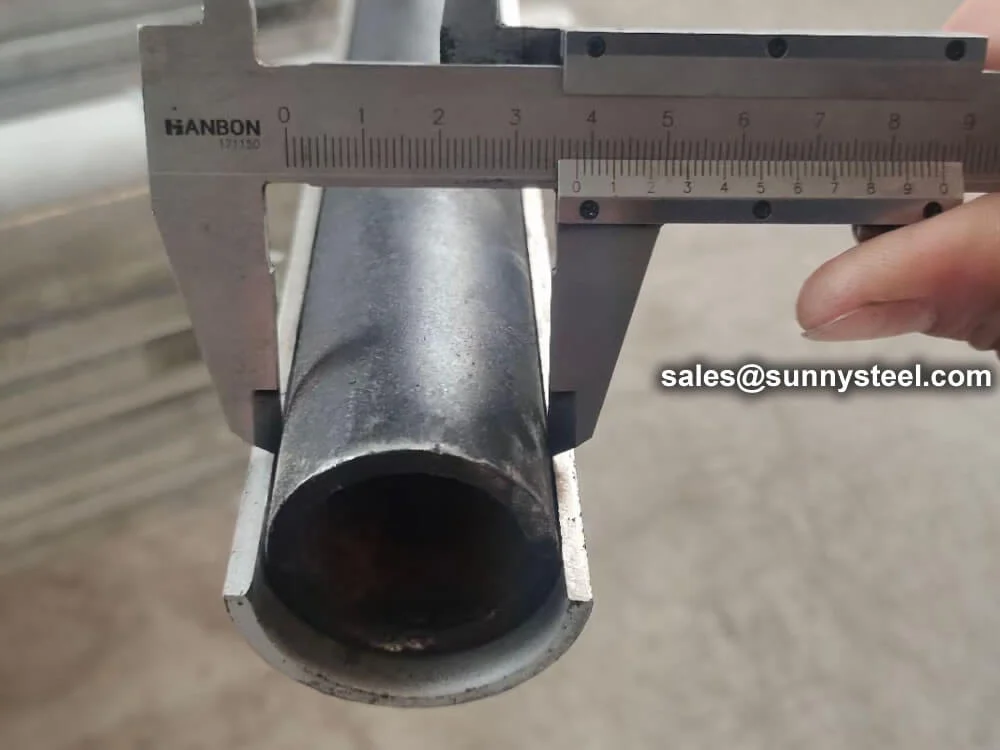
1cr18ni9ti tube shields offer excellent resistance...
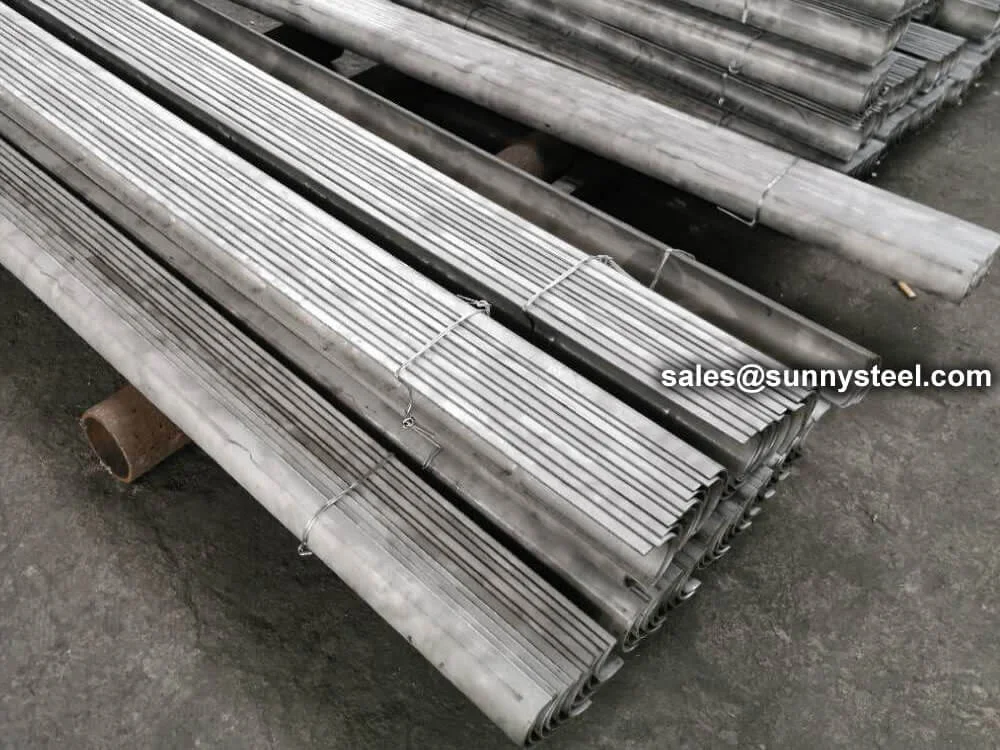
316 stainless steel tube shields protect boiler tu...
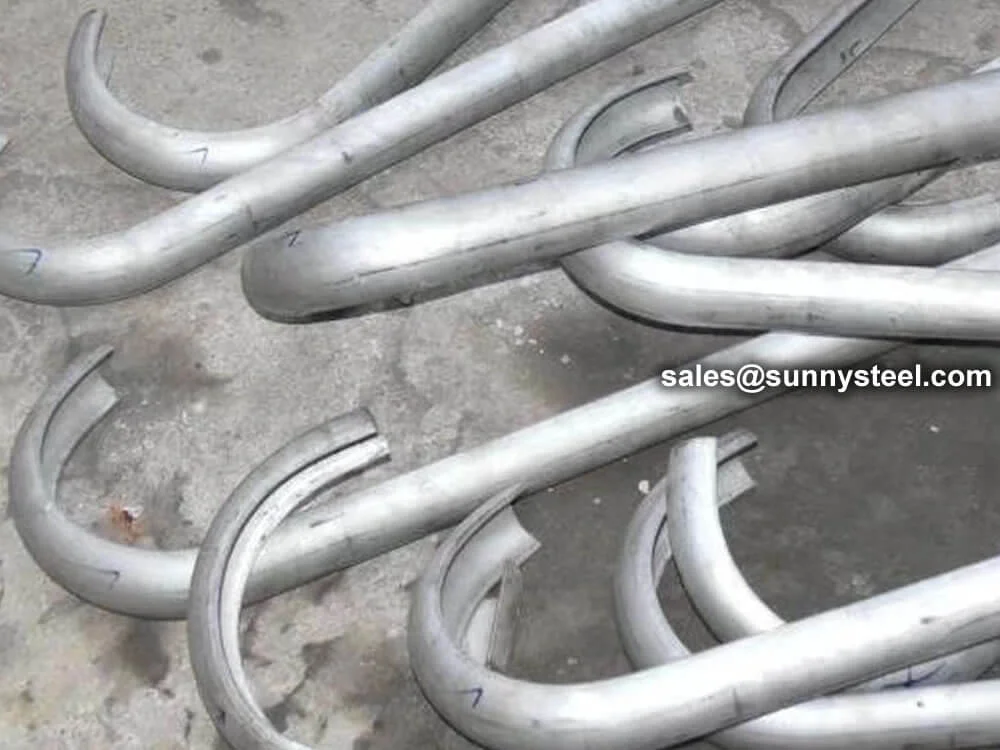
1cr20ni14si2 tube shields offer superior resistanc...